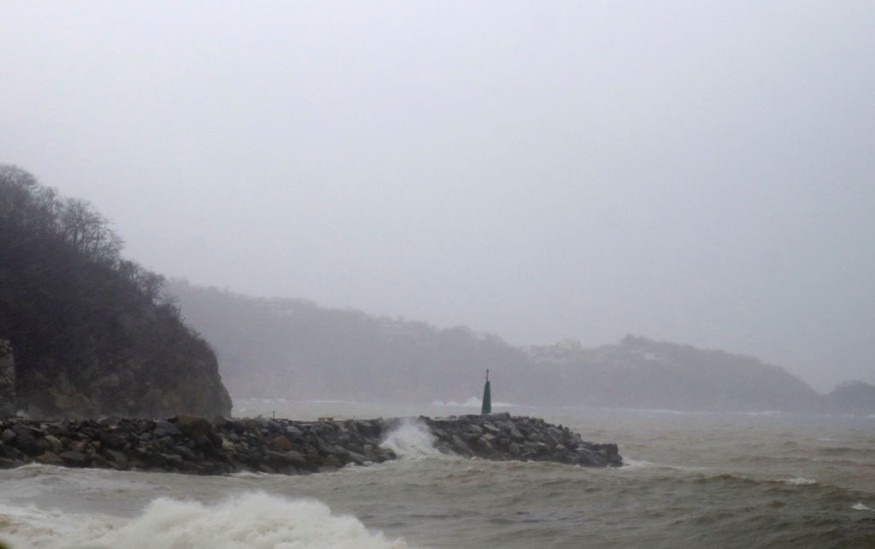A lightning strike hit and destroyed a boat off the coast of Clearwater, Florida, on Saturday, June 25.
It left seven people floating and stranded in the waters of the Gulf of Mexico, several miles away from the shore amid a severe weather.
The US Coast Guard eventually rescued the passengers from the capsized vessel.
The lightning fork reportedly tore the boat into pieces and disabling it from functioning, but did not injured any of the passengers.
One of them captured the incident through a video, which showed that the lightning bolt resembled a bright white light and orange sparks, causing a smoke and fire.
The lightning occurred amid weather forecasts of a severe storm in multiple regions nationwide, including in the Southeast US.
The incident also transpired ahead of a brewing weather disturbances in the Gulf of Mexico and the Atlantic Ocean, where one of it has been forecast to become at least a tropical depression.
Lightning strikes have been perceived to rarely strike humans and other animals.
However, experts believed that they can still hit any objects or even living organisms under the right climatic conditions and location, including during a severe thunderstorm.
Florida Coast Lightning Strike

The boat's co-captain Glenn Rumer told news media outlet Today that he used a radio beacon to send out a distress signal to the US Coast Guard.
Rumer added the incident escalated after the lightning hit the outrigger, resulting in an explosion.
The co-captain reportedly recalled that the only way out during their ordeal was through the storm with wind gusts of up to 35 miles per hour, six-foot waves, and recurring lightning.
One of the passengers and Rumer's sister, Sherrie Kelley, said there was lightning every second, as reported by Today.
All of the passengers were eventually airlifted by the Coast Guard.
What is a Lightning?
Lightning is a form of electrical discharge as a result of imbalances between the ground and storm clouds, or within the clouds, where most lightning occurs.
The imbalance is mainly caused during a storm as the collision of rain, ice, and snow particles within the clouds increase.
This creates a negative charge at the bottom of the storm clouds, according to the National Geographic.
Being extremely hot, a lightning flash can heat its surrounding air into temperatures five times hotter than the Sun's surface.
The rapid expansion of air causes it to vibrate and produce the rumbling sound we hear after seeing the flash.
Contrary to popular belief, lightning often strikes the same place twice, the National Geographic said.
Trees and other natural objects on Earth are often the most direct conduit of lightning since they become positively charged.
However, it is still possible the lightning bolts can still strike people. The National Oceanic and Atmospheric Administration (NOAA) - National Weather Service (NWS) provides five ways or manner on how lightning strikes hit people:
- Direct strike
- Side flash
- Ground current
- Conduction
- Streamers
The NOAA - NWS emphasized that it is not always possible to determine how a lightning strike victim was hit. But it considers direct strike and side flash to be the most common ways on how a lightning forks reach people.
© 2025 NatureWorldNews.com All rights reserved. Do not reproduce without permission.





